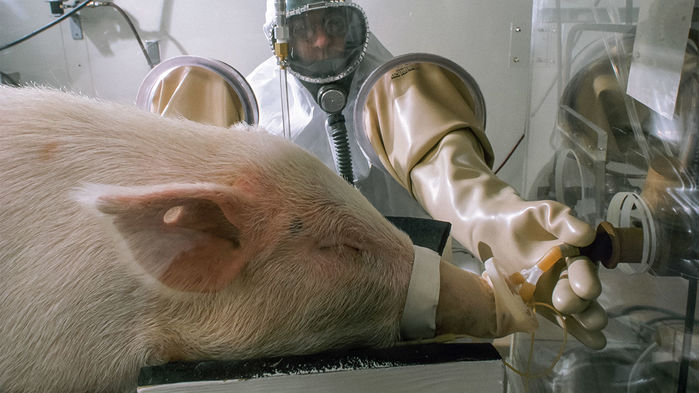

Determination of what constituted actual research was left to the discretion of the research facility. The Act authorized, “The Secretary of Agriculture to promulgate such rules and regulations, and orders as he may deem necessary to effectuate the purposes of this Act.” 24 The Act prohibited the promulgation of rules, regulations, or orders that would interfere with the conduct of actual research. 24 The stated purposes of the original Act were to: 1) protect the owners of dogs and cats from theft of such pets 2) prevent the sale or use of dogs and cats that had been stolen and 3) assure that certain animals intended for use in research facilities were provided humane care and treatment. Originally titled the ‘Laboratory Animal Welfare Act,’ it became effective on. The law was first passed on 24 August 1966 after several years of lobbying by animal welfare organizations and allegations that pets were being sold for use in research laboratories. The chart describes 4 types of actions that may occur as part of the enforcement process and the steps that will be followed if noncompliant items are documented during an inspection. The Inspection Requirements Handbook provides inspectors with information on conducting inspections and includes as an attachment a flow chart for Enforcement Action Guidance. Successfully managing the inspection process has taken on new meaning in what has recently become known as the ‘Age of Enforcement.’ As part of this approach, the Animal and Plant Health Inspection Service made changes to the inspection process and issued an Enhanced Animal Welfare Enforcement Plan, which included the development of an Inspection Requirements Handbook. In our opinion, the key to compliance with the Animal Welfare Act and its regulations and standards is to have in place a proactive, progressive Animal Care and Use Program that uses the semiannual inspection and programmatic review process to improve the day-to-day management of the program.

Responsibility for administering the Animal Welfare Act was delegated within the United States Department of Agriculture to the Administrator of the Animal and Plant Health Inspection Service, and regulations and standards have been developed to implement the intent of Congress conveyed in the language of the Act. Originally enacted in 1966, the Laboratory Animal Welfare Act has been amended several times and renamed the Animal Welfare Act.


 0 kommentar(er)
0 kommentar(er)
